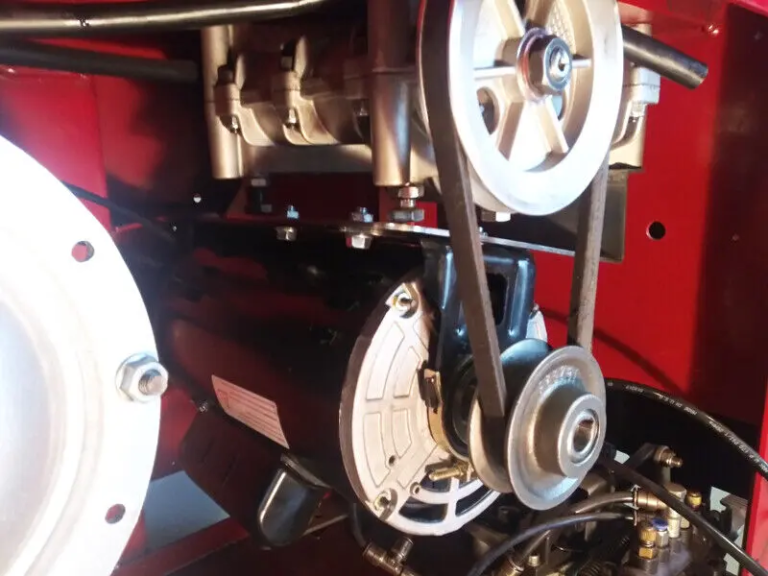Seamless Integration: Bridging Machine Tool Data with MES for Smart Manufacturing
Harness real-time manufacturing intelligence to optimize production, reduce waste, and empower decision-making.
The Imperative for Machine Tool Integration
Modern manufacturing hinges on visibility and agility. As global competition intensifies, the ability to capture, contextualize, and act on machine tool data becomes critical. Yet, 43% of factories still rely on manual logs for equipment monitoring, leading to delayed decisions and hidden inefficiencies. Integrating Computer Numerical Control (CNC) machines, robots, and PLC-driven systems with Manufacturing Execution Systems (MES) closes this gap, transforming raw data into strategic insights.
Technical Architecture: A 4-Layer Blueprint
-
Machine Tool Layer
- Data Sources: Spindle load, feed rates, tool wear, cycle times, alarms, temperature, and energy consumption.
- Extraction Methods:
- Direct CNC Protocols: FANUC FOCAS, Siemens OPC UA, MTConnect agents, or PROFINET for PLCs.
- Sensor Augmentation: IoT vibration/thermal sensors retrofitted on legacy machines via IO-Link or Modbus.
- Key Innovation: Edge-based pre-processing to filter noise and extract critical events (e.g., tool breakage detection from power spikes).
-
Edge Gateway Layer
- Role: Protocol translation (e.g., Modbus→MQTT), data buffering, and lightweight analytics.
- Tools: Industrial IoT gateways (e.g., Kepware, Siemens IoT2050) with containerized microservices for:
- Data Normalization: Convert vendor-specific formats (e.g., Heidenhain G-code dialects) to OPC UA/JSON.
- Edge Analytics: Calculate OEE (Availability + Performance + Quality) in real time.
-
Cloud/On-Premise Middleware
- Stream Processing: Apache Kafka or AWS Kinesis pipelines to ingest, enrich (e.g., merging tooling data from ERP), and prioritize data.
- Contextualization Engine: Tag machine events with production order IDs or work instructions using digital twin models.
- MES Integration Layer
- APIs & Standards:
- ISA-95 via B2MML (Business to Manufacturing Markup Language)
- REST/GraphQL APIs for real-time dashboard updates.
- Dynamic Workflow Triggers: Auto-adjust schedules if spindle Overtemperature alerts correlate with quality deviations.
- APIs & Standards:
Overcoming Key Technical Hurdles
- Legacy Machine Integration:
Use MTConnect Adaptors for pre-2000s CNCs—translating RS-232/RS-485 outputs to HTTP. For PLCs, OPC-UA servers act as universal translators. - Latency Mitigation:
Edge-tier rule engines (e.g., AWS Greengrass) handle sub-second response actions (e.g., emergency stop commands) without cloud dependency. - Data Silos Breakthrough:
Time-series databases (InfluxDB) unify machine metrics with MES transactional data via unique identifiers (e.g., RFID-tagged workpieces).
Actionable Intelligence: Beyond Data Collection
- Predictive Maintenance:
Train ML models (TensorFlow/PyTorch) on historical vibration data to forecast bearing failures 72+ hours in advance, reducing downtime by 35%. - Quality Traceability:
Correlate spindle load variations with post-inspection results to flag "at-risk" batches before CMM validation. - Energy Optimization:
AI-driven recommendations for idle machine shutdowns during non-peak tariffs, proven to cut energy costs by 18%.
Security by Design
Industrial data demands ironclad protection:
- Authentication: X.509 certificates for machine-to-gateway communication.
- Encryption: TLS 1.3 + AES-256 for data in transit/rest.
- Network Segmentation: VLANs isolate machine tools from enterprise IT networks.
Implementation Roadmap
- Audit & Prioritize: Start with mission-critical CNCs generating high-cost downtime.
- Pilot Scale: Deploy edge gateways on 2–3 lines; validate OEE gains.
- Scale with Governance: Centralize data models and API policies via IIoT platforms like PTC ThingWorx or Azure IoT Hub.
- Human-Centric UI: Deploy no-code dashboards (Tableau/Grafana) for floor managers to customize real-time alerts.
The Future: Cognitive Manufacturing
With 5G and Digital Twins, expect:
- Self-Optimizing Machining: Closed-loop adjustments where MES directives auto-correct CNC feeds based on tool wear analytics.
- Blockchain Traceability: Immutable records linking machine parameters to product quality certificates.
Conclusion
Integrating machine tools into MES is no longer a luxury—it’s the core of Industry 4.0 survivability. By architecting a resilient, scalable data pipeline from shop floor to top floor, manufacturers unlock unprecedented efficiency, quality, and innovation velocity. The factories of tomorrow won’t just produce goods; they’ll produce actionable intelligence.
Transform data into your competitive arsenal—one machine, one insight, one revolution at a time. 🚀
© 2024 Industrial AI Chronicle. For exclusive tech deep-dives, subscribe at example.com/datasynergy.

















